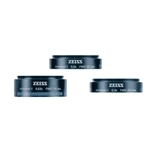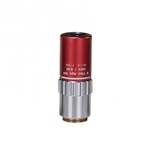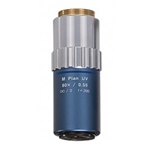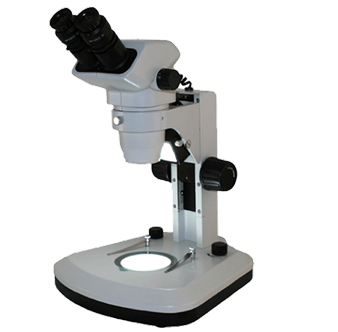High Power
118 products
Phase Contrast Objectives
33 products
Stereo Auxiliary
28 products
Metallurgical
100 products
Strain Free Polarizing
30 products
Long Working Distance
45 products
Near-Infrared Radiation (NIR)
12 products
Ultraviolet Radiation (UV)
4 products
Near-Ultraviolet Radiation (NUV)
7 products















